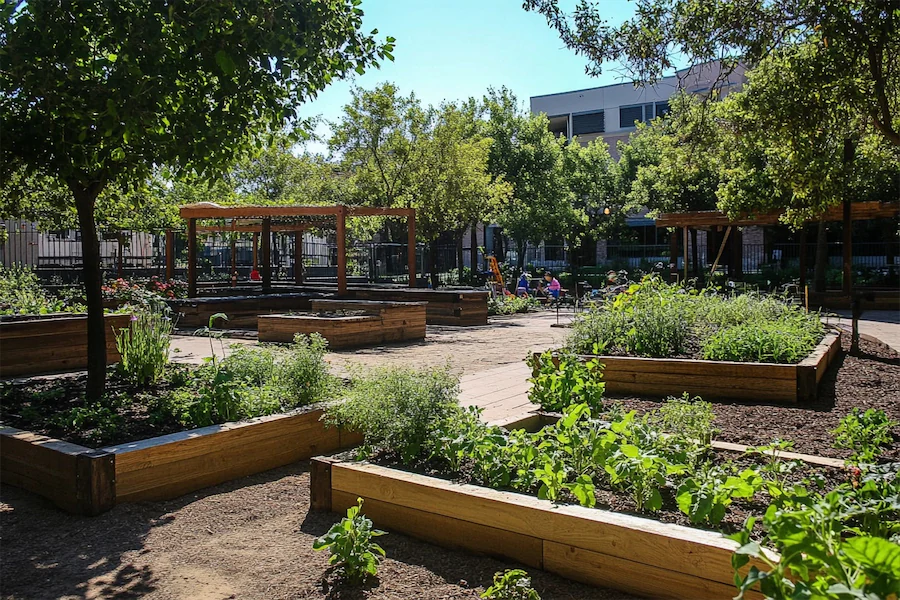A community garden is a shared space where individuals or groups collaboratively cultivate plants, including vegetables, fruits, herbs, and flowers. These gardens can be found in urban, suburban, or rural settings and are typically managed by volunteers who share responsibilities such as planting, maintenance, and harvesting.
History and Origins of Community Gardens
The concept of community gardens has historical roots in various cultures worldwide. In the United States, community gardening gained prominence during the Victory Garden movement of World War II, where citizens grew their own produce to support the war effort and alleviate food shortages. Today, community gardens continue to evolve, addressing modern challenges like urbanization, food insecurity, and environmental sustainability.
Key Features of Community Gardens
Community gardens are characterized by several distinctive features:
- Collective Management: Participants share responsibilities, including planting, watering, weeding, and maintaining common areas. Each gardener may have their own plot or work collectively on shared plots.
- Diverse Objectives: These gardens serve multiple purposes, such as providing access to fresh produce, creating green spaces, fostering social interactions, and offering educational opportunities.
- Adaptable Locations: Community gardens can be established in various settings, including vacant lots, parks, schoolyards, or rooftops, making them versatile solutions for different communities.
Benefits of Community Gardens
Community gardens offer numerous advantages:
- Health Improvements: They provide access to fresh, nutritious produce, encouraging healthier eating habits and increasing physical activity through gardening tasks.
- Environmental Enhancement: By increasing green spaces, community gardens improve air and soil quality, support biodiversity, and can mitigate urban heat island effects.
- Social Cohesion: These spaces foster social ties, empower residents, and create a sense of community ownership and pride, contributing to reduced crime rates and enhanced neighborhood safety.
Considerations When Establishing a Community Garden
When planning a community garden, consider the following:
- Site Selection: Choose a location with adequate sunlight, access to water, and good soil quality. Ensure the site is accessible to participants and has secure land tenure to protect the garden’s longevity.
- Organizational Structure: Establish clear guidelines for governance, decision-making, and conflict resolution. This may involve forming committees or partnering with local organizations for support.
- Funding and Resources: Identify potential funding sources, such as grants, donations, or membership fees, to cover expenses like tools, seeds, and infrastructure. Engage local businesses or government agencies for additional support.
Conclusion
Community gardens are valuable assets that promote health, environmental sustainability, and social well-being. By bringing people together to cultivate shared spaces, they strengthen communities and contribute to a more resilient and connected society.
